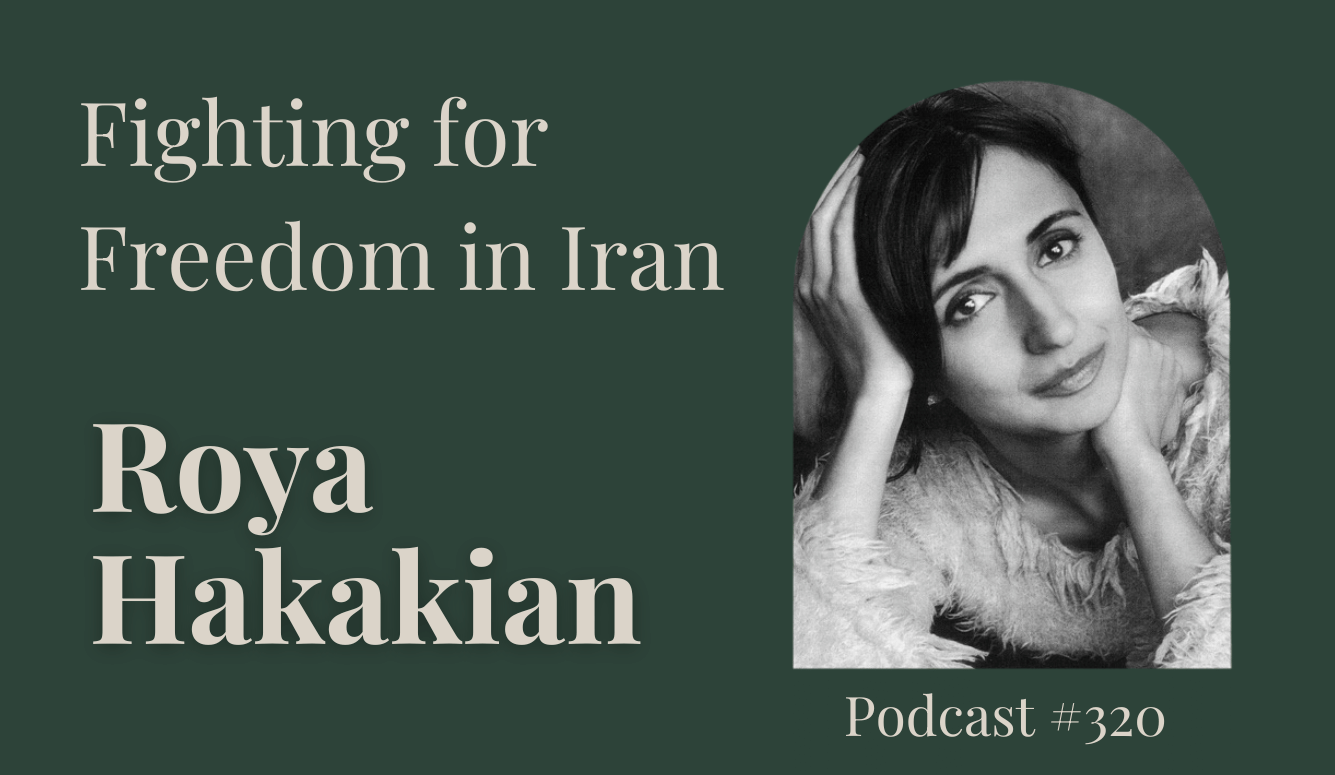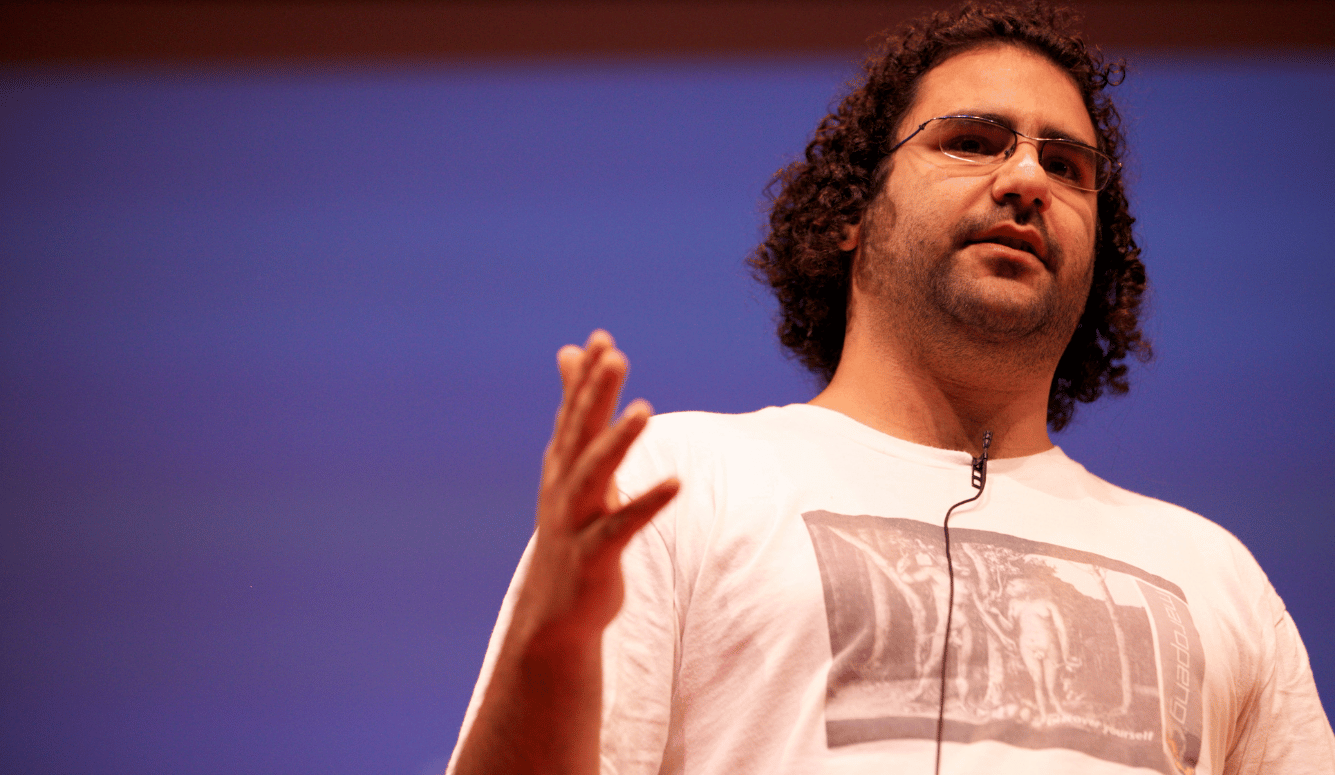Israel
Tragedy and Half-Truths: A Gaza Diary
Atef Abu Saif’s ‘Don’t Look Left’ provides a vivid account of the horrors of daily life in the Gaza Strip, yet omits to mention Hamas’s role in the war.

Atef Abu Saif, the Ramallah-based Palestine National Authority’s minister of culture since 2019, was on a trip that was part work, part vacation, with his son Yasser, to the Gaza Strip when war broke out on 7 October 2023. He was there for 84 days, until Hamas and the Egyptian and Israeli authorities allowed him to leave and cross into Egypt. Abu Saif was born in 1973 in Jabalya, a slum neighbourhood of Gaza City, in the north of the Strip, a place that had previously been a large camp of Palestinian refugees from the 1948 War. Abu Saif’s parents and extended family had fled there from the coastal town of Jaffa, which became part of the state of Israel that same year.
Just as he had done during a previous 51-day bout of Hamas–Israeli clashes in 2014—which he described as a “war”—Abu Saif kept a diary, recording each day’s events between 7 October and the end of December, 2023—the violence, the devastation, the many chats over narghiles with friends and relatives, and his peregrinations through the corpse- and rubble-strewn streets during the first few weeks, while he still had a car, as well his thoughts, including the metaphors and conceits that filled his mind. A writer by profession, Abu Saif had five novels and two collections of short stories under his belt when he published his first war diary, The Drone Eats with Me, in 2014. The second, Don’t Look Left: A Diary of Genocide, appeared in 2024 in Arabic and has already been translated into 11 languages. A Hebrew translation is currently in the works.





